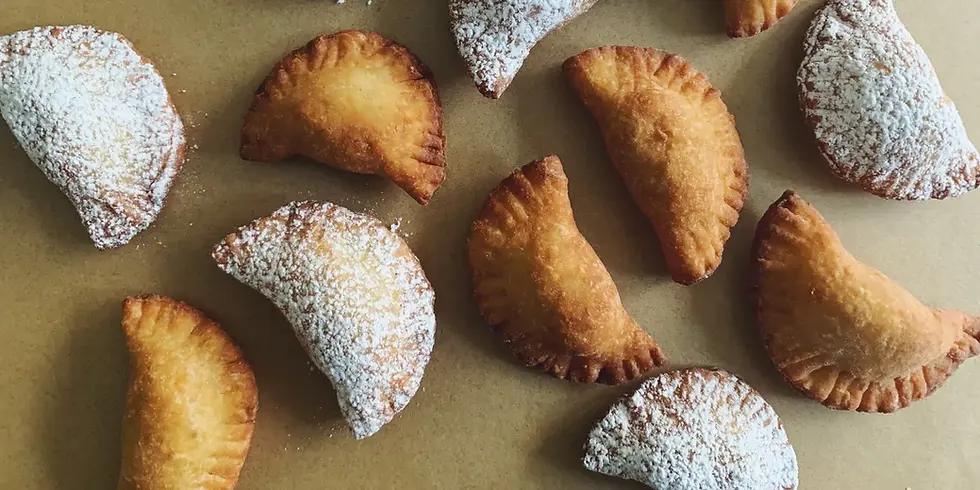In honour of St.Patrick's Day
- vitamentalitywelln
- Mar 17
- 3 min read
Just because it is St.Patrick' day (and because I think that this will go amazingly well with dinner), I decided to bake a loaf of Irish soda bread today. After it took me the better part of a decade to get over the mockery that came of my first attempt at making this type of loaf years ago, I have finally perfected the recipe and am pleased to announce that Alex and I will have delicious homemade bread with dinner today.
In the early 19th century (around 1836), a soda bread recipe surfaced and was published throughout the UK. It even crossed over to the US and was published in numerous Agricultural newspapers. It wasn't until after the tragic Famines of 1845 to 1852, claiming the lives of one million Irish, that soda bread took center stage as a quick and easy bread that served as the base for other recipes.
During the famine years, Irish grain was exported to England while corn and corn maize was imported from the US. In this challenging time, soda bread was known, but the lack of wheat and bread soda (baking soda) kept it from becoming a staple on Irish tables.
Born out of necessity rather than choice, corn maize became the main source of food during the famine. The original recipe (which dated back to 1836) featured four simple ingredients: flour, salt, (an acid to interact with the soda), and bicarbonate of soda (baking soda). The acid element initially involved dilute hydrochloric acid, but practicality led to the adoption of sour milk or buttermilk left from butter-making. This not only made soda bread more readily available, but also eliminated the risks associated with handling acid. Despite that, cookbooks using hydrochloric acid as an ingredient were still being publishing in the early 20th century.
Overall, making a loaf of soda bread is slightly different than making a regular loaf, but the flavour makes it totally worth it. I also really enjoy the texture of this style of loaf. And after all, today is St.Patty's Day! What better excuse do you need to bake something yummy...?
Sourdough Irish Soda Bread:
375 g (3 cups) all purpose flour
50 g (4 tbsp) granulated sugar
5 g (1 tsp) baking soda
7 g (1½ tsp) fine sea salt
60 g (4 tbsp) unsalted butter, cold, cut into small cubes
1 large egg
170 g (appx. ¾ cup) buttermilk
200 g (appx. 1 cup) sourdough starter
150 g (1 cup) raisins
Preheat oven to 375 F (190 C). Line a baking sheet with parchment paper.
Combine the flour, sugar, baking soda and salt in the bowl of a stand mixer fitted with the paddle attachment. Add the butter, a few cubes at a time, and mix until incorporated.
Lightly beat the egg, buttermilk, and sourdough discard together in a separate bowl.
Working in batches, gradually pour the buttermilk mixture into the flour mixture.
Add the raisins. Mix to combine; the dough will be slightly wet and sticky.
Scoop the dough onto a well floured surface. Knead it a few times into a round ball. With a serrated knife, cut an “x” into the top. Place onto your lined sheet pan.
Bake on the center rack for 45-55 minutes. If necessary, cover the loaf with foil at the 40 minute mark to prevent over browning. The soda bread is finished when a toothpick (or spaghetti strand!) comes out clean when inserted. The bottom should sound hollow when you give it a knock.
Transfer to a wire rack to cool.
With a serrated knife, cut into wedges (much easier than slices), and serve warm or at room temperature with butter. Soda bread is best enjoyed on the same day it’s made.











Comments